Audiences are tuning out: 6 ways to overcome declining social engagement and channel fatigue

Table of Contents
Turns out, social media fatigue is real. Social media habits are shifting worldwide, with people spending less time on social networks than before, disengaging from scrolling and viewing content and ads with skepticism.
Yet for social media managers, the bar has never been higher. According to The 2025 Sprout Social Index ™, consumers expect meaningful engagement from brands, and 93% believe it’s important for brands to be culturally relevant on social media.
This has created a pressing dilemma for marketers. How do you sustain attention when people are tuning out, but still meet the demand for tailored, on-brand storytelling? And if you do find the balance, how do you maintain cultural relevancy without diluting your authentic brand identity?
In this article, we help you navigate this uncharted territory. We’ll dive into the nuances of why people are tuning out of social media, and how to overcome social media fatigue to win back audiences.
What’s driving social media fatigue?
Several factors are converging to create social media fatigue, the most prominent being:
Misinformation and online toxicity
There’s growing concern about the quality of content online. People are also overwhelmed by the constant exposure to heated debates, repetitive ads and questionable information. In fact, a 2023 Gartner survey predicted, 50% of consumers would significantly limit their social media interactions by 2025 due to network toxicity, misinformation and ad overload.
Repetitive brand tactics
People are bombarded with more digital information than they can reasonably absorb each day. This plays out in audiences scrolling past endless posts that often look and sound the same. Overly promotional tactics, generic campaigns and copycat formats are blending into the noise, making it harder for even strong creative work to stand out.
Evolving audience habits
Social media habits are evolving worldwide, and the UK is no exception. Younger audiences are leaning into private channels, messaging apps and niche communities where they feel more in control. At the same time, parents are limiting screen time for teenagers, and Gen X is increasingly using social as a search engine, per the Q2 2025 Sprout Social Pulse Survey.
These shifts don’t mean people are abandoning social, but they are redefining how and when they engage.
Content saturation
With billions of people using social networks, content volume is at an all-time high. Facebook has over three billion monthly active users, and Instagram, two billion. Millions of posts go live every minute and social feeds are drowning in content, including LinkedIn, which is fast becoming a hub for self-performative branding.
This endless stream of content is causing social media fatigue and burying relevant posts, making it further difficult for brands to stand out.
Engagement metrics no longer tell the full story
For global and UK social media managers, traditional benchmarks such as likes, shares and comments don’t capture the full impact of today’s campaigns. Much of the value now happens in quieter ways, like private sharing, brand mentions in niche networks like Bluesky or awareness that isn’t tied to a click.
This makes reporting more complex, but it also opens the door for more holistic ways of measuring success.
Shifting network algorithms
All social networks are moving towards interest-based algorithms where audiences get content based on their preferences. Consider this: Up to 50% of the content audiences see on Facebook is from accounts they don’t follow. This means audiences are now exposed to brands and creators they have no connection with. On one hand, it’s an opportunity for brands. But, for users, being inundated with unwanted content and ads dilutes and dampens their social media experience.
Why the UK market is particularly impacted by social media fatigue
Across the globe, consumers are experiencing channel fatigue and sensory overload. And it’s no different in the UK. Data shows the average engagement on Facebook in the UK has dipped to around 0.48% per post, and TikTok users are spending 15% less time on the app than before. In addition, social media user identities decreased by 1.4 million (-2.5 percent) between early 2024 and the beginning of 2025.
This social media fatigue also stems from the UK’s highly diverse cultural landscape. It takes a lot to ensure that a brand is finely attuned to the audience it’s targeting, because what resonates in Manchester may fall flat in London, and what works in Glasgow might miss entirely in Birmingham.
From regional slang and humor to differing social values, misjudging cultural nuance can leave brands sounding fragmented and distance the very audiences they want to reach.
UK audiences also have a well-established skepticism toward anything that feels too polished or corporate. A brand voice that comes across as generic or forced is quickly dismissed, fuelling disengagement and mistrust. Instead, people look for cultural relevance, authenticity and a tone that feels human.
Humor does well in the UK, especially if it has local references and mirrors everyday experiences. But audiences also don’t want brands to jump on a trend just for the sake of it, as the 2025 Index shows. This puts marketers in a double bind.
In the UK, social media fatigue isn’t just about too much content; it’s also about content that fails to connect.
Why is balancing personalization and brand cohesion important?
Striking the right balance between personalization and brand cohesion ensures you resonate with your audiences, without diluting clarity, brand trust and long-term audience connection.
According to Sprout data, 76% of consumers say they’d buy from a brand they feel connected to over a competitor, and 57% say they are more likely to increase how much they spend with a brand when they feel connected.
While it’s important to localize brand content, over-reliance on hyperlocal references or network trends can cost brand identity.

Here are crucial ways the right mix of personalization and brand cohesion helps your brand:
Consistent brand voice
Local references may engage certain communities and enhance your authenticity, but overusing them dilutes the overarching personality and messaging that tie your campaigns together. Over-tailoring content to local slang, regional humor or network-specific trends can make your brand voice feel fragmented. And constantly shifting tone confuses followers about who you are as a brand.
Striking the right balance between personalization and brand cohesion ensures every consumer touchpoint feels relevant yet unmistakably yours. In return, this helps audiences recognize, trust and stay connected to your brand across markets.
Long-term engagement
While embedding social media memes in your marketing content or adapting to viral challenges and trendy formats may generate quick engagement, these wins are often fleeting without a proper strategy. Such tactics can overshadow long-term brand storytelling, leaving audiences with a fragmented impression of the brand. Staying true to your brand personality and values leaves a longer-lasting impression and withstands passing trends because it’s built sustained relevance and meaning that outlasts the moment.
For instance, Frigidaire’s 1950s advertisements still strike a chord with audiences today. Their straightforward, product-focused messaging continues to appeal to those who value authenticity and simplicity. Nostalgia is a growing trend on social media, and networks are filled with nostalgic posts featuring old Frigidaire ads—even inspiring some consumers to seek out and purchase vintage Frigidaire refrigerators.
Inclusive and unified messaging
When you have the right mix of personalization and brand cohesion, your messaging becomes more inclusive and consistent. It allows every audience segment to see themselves reflected in your brand without losing sight of the unified story. Focusing too much on niche references can unintentionally exclude other parts of your audience. That’s because while over-personalization may resonate strongly with one region or demographic, it may leave others disconnected or overlooked due to the homogenous experience, which can erode loyalty over time.
Core identity across networks
Trends evolve fast, and network-specific experimentation can make it difficult to maintain cohesion across multiple social channels. A TikTok trend may work for a younger audience, but it might clash with the tone your LinkedIn followers expect. Over-indexing on transient trends risks fragmenting your presence and undermining brand trust and persona.
Blending personalization with a cohesive brand strategy enables you to adapt to different social networks while maintaining your core identity, credibility and familiarity.
Burberry exemplifies this trait. In its latest campaign, “It’s always Burberry weather: Postcards from London”, it blends creative storytelling on Instagram and TikTok through episodic content and A-list celebs aimed to engage a younger audience. All while staying true to its British heritage tone. This makes it instantly recognizable across networks.
6 ways brands can overcome social media fatigue and win back engagement
With personalization and brand cohesion as your cornerstones, here are six winning social strategies that will cut through the social noise and win back attention from your audience.
1. Establish a unified brand framework
Develop a clear, well-defined brand framework that balances consistency with creativity. Treat this framework as a north star for your brand narrative to define the tone, values and visual identity that underpin your campaigns across social accounts.
Having such a framework also infuses confidence in teams to innovate while ensuring your social posts have a recognizable, trustworthy brand presence. It’ll also help personalize content for local humor, cultural references or trending formats without undermining the overarching brand identity.
2. Listen to your audience and localize social media profiles
To truly engage audiences, you need to listen carefully to what matters most to them. Social listening enables you to capture what is top-of-mind for your audience, which in turn, goes a long way in overcoming social media fatigue and recapturing audience attention. Use listening insights to identify trending topics, local interests and cultural nuances that are shaping social engagement. Also track which content types perform best in each region and monitor which networks deliver the strongest results.
For example, UK audiences respond well to witty storytelling and informative content that provides an authentic brand experience. UK retailer Sainsbury’s takes advantage of this differentiator with its Nectar App campaign, sharing fun user-generated posts from customers participating in the “Your Nectar Prices” challenge.
Localizing social media profiles further strengthens the connection with audiences. Brands like Aldi do this effectively, with separate Instagram accounts for the UK and Ireland that reflect local humor, seasonal events and regional preferences. Aldi also leans into paid partnerships to reach different audiences, like the example below.
By creating profiles that speak directly to each audience, you increase engagement and loyalty while keeping the overarching brand narrative intact. This approach helps you remain culturally resonant while enabling you to experiment with network-specific formats and meet local expectations, without compromising brand identity.
3. Sharpen B2B vs. B2C approaches
To win back audiences reeling with social media fatigue, you need to tailor your B2B and B2C approaches.
For B2C, creativity and network trends are powerful tools to capture attention in crowded feeds. However, these should always be grounded in your core brand voice. Using social media trends thoughtfully can keep your content current and relatable without sacrificing consistency or authenticity.
B2B strategies, by contrast, should prioritize reliability, thought leadership and relationship-driven engagement. B2B audiences value consistency and expertise over flashiness, but that doesn’t mean your content has to be boring.
Amazon’s social strategy highlights this through its relatable content.
Whether it’s a LinkedIn post about its 2025 Amazon Devices and Services event in NYC, or CEO Doug Herrington talking about how he’s using Amazon’s new Add to Delivery feature, the brand has perfected the balance of relatable B2B content without being stuffy.
Tools like Sprout’s LinkedIn integration further enable you to hone in on your B2B strategy by enabling you to track the performance of leadership content. These insights help strengthen executive visibility and drive higher brand engagement.
4. Integrate across channels
Social media shouldn’t operate in isolation. Use social insights to create impactful drivers across your content and paid campaigns. Recycle what resonates on social into email nurtures, landing pages, paid ads or even blog content to reinforce brand cohesion across touchpoints.
By weaving social learning into other channels, you maximize reach, strengthen consistency and ensure your best ideas don’t get lost in the constant churn of the feed.
For instance, at Sprout, we use social insights from our Social Listening and Influencer Marketing platforms to create landing pages that help our audience tap into the latest trending content. These pages help us quickly create relevant content around major global events like the Oscars and Coachella.
The strategy has provided a 77% increase in our brand awareness year-over-year, highlighting our social intelligence tools.
We also crafted social posts highlighting the impact of the pages, and in doing so, repurposed content to reinforce brand cohesion and messaging.
5. Humanize without losing authority
Audiences facing social media fatigue are drawn to brands that feel human, not corporate. But relatability should never come at the expense of credibility. Showcasing humor, behind-the-scenes moments or community spotlights creates warmth and connection, but every piece of content should still tie back to your mission and brand personality.
For instance, Oxford University’s TikTok presence blends authentic academic experiences with faculty-driven content to strike a balance between the formal and informal. The key is maintaining brand clarity, regardless of format or network. The university is very popular on TikTok in the higher education sphere, and posts content as varied as behind-the-scenes of its departments, reaction videos, student day-in-the-life and Q&As.
6. Rethink success metrics
Vanity metrics like impressions and follower counts feel safe, but often mask what truly matters, i.e. conversations, customer experience, and the long-term impact of customer trust and loyalty. Engagement driven by meaningful dialogue, helpful content and shared values does far more for retention than a high like-rate that disappears with the next scroll.
With 83% of UK consumers saying they feel undervalued by their favorite brands—even those they stay loyal to—prioritizing social customer care is a powerful way to counter social media fatigue and reignite genuine engagement.
Reverse social media fatigue with a cohesive brand strategy
Brands need to engage in authentic, culturally resonant, cohesive strategies to reverse social media fatigue. When you stay true to your identity while strategically adapting to local nuances, engagement follows naturally. The key is understanding what your audience values in real time while staying cemented into your core brand identity.
Social listening tools make that possible by helping you see beyond numerical metrics to uncover the moments, topics and sentiments that truly move your community.
Find out how to use social listening tools to re-engage and keep your audience tuned in.

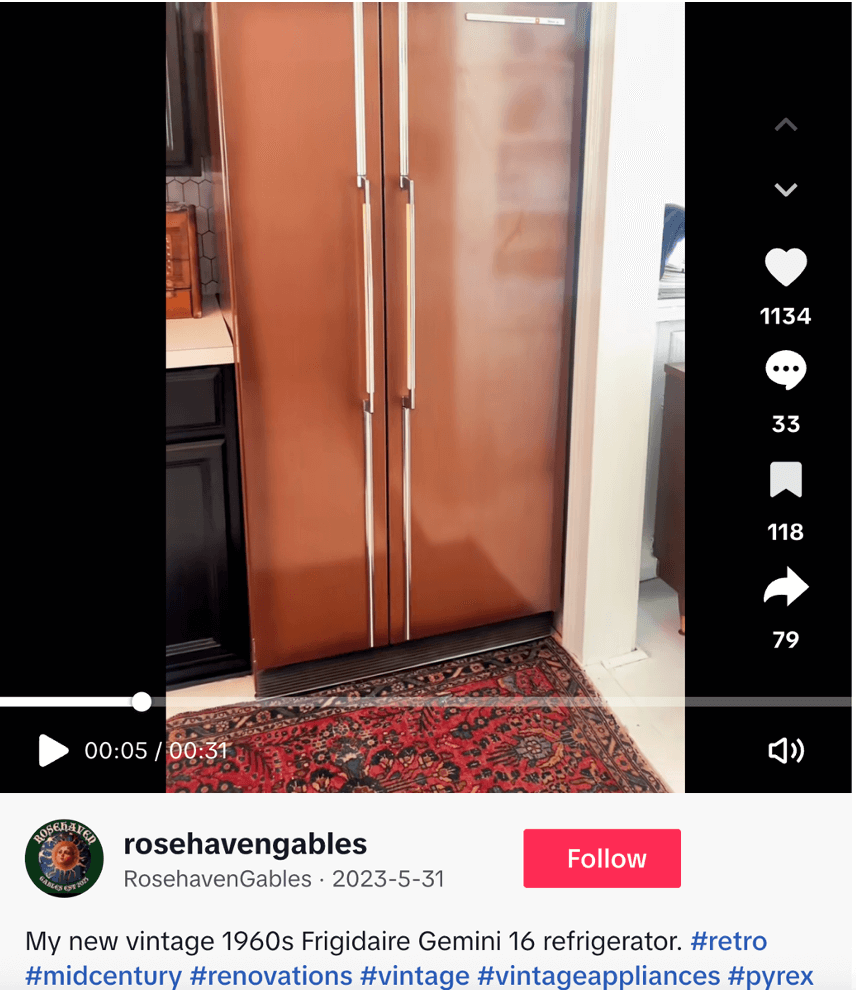
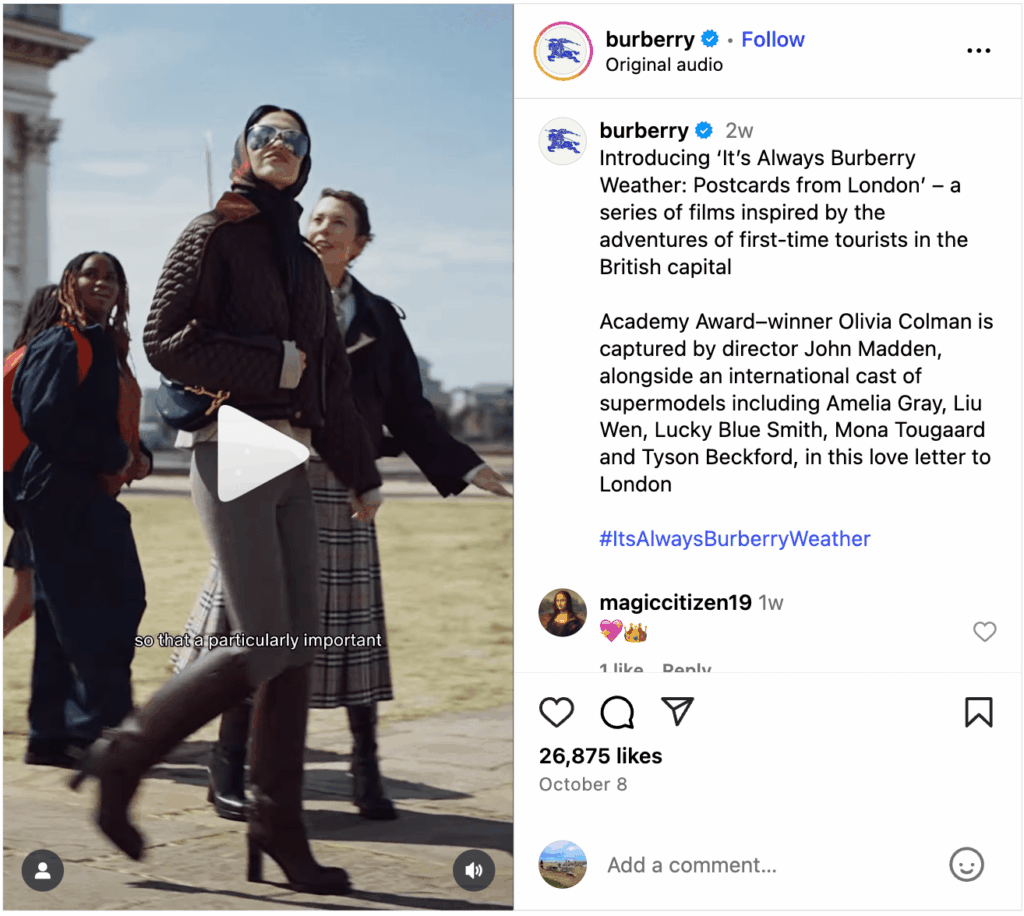
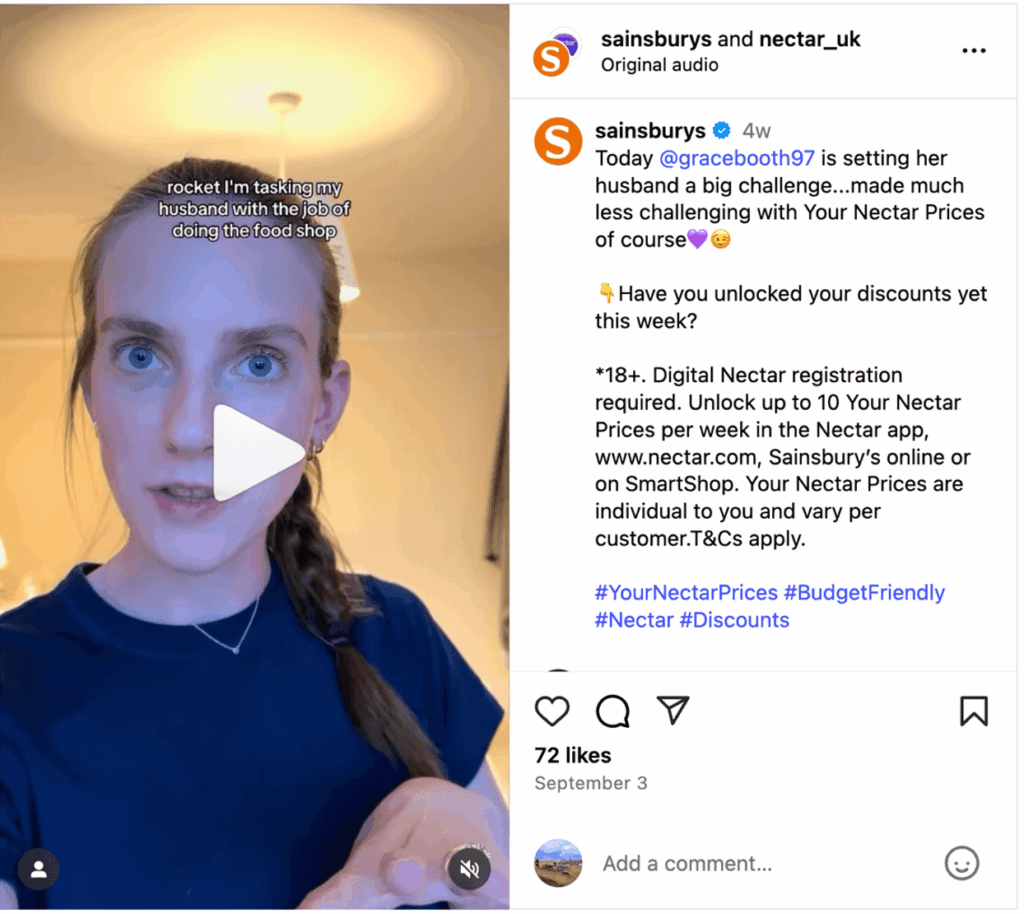
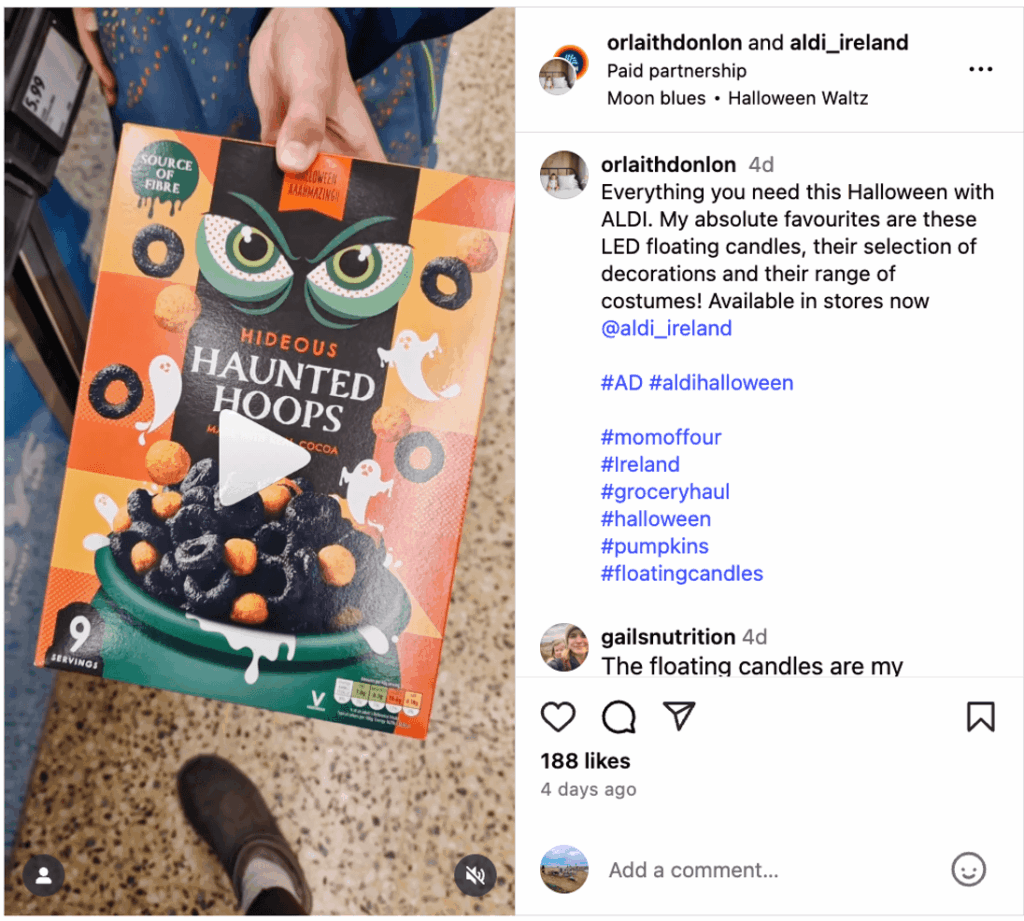
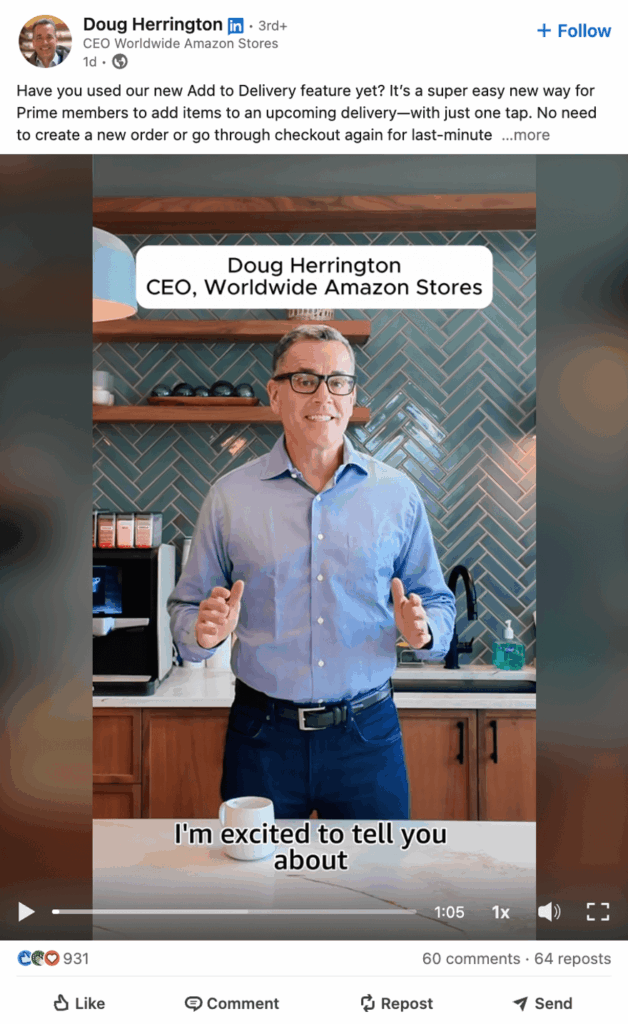
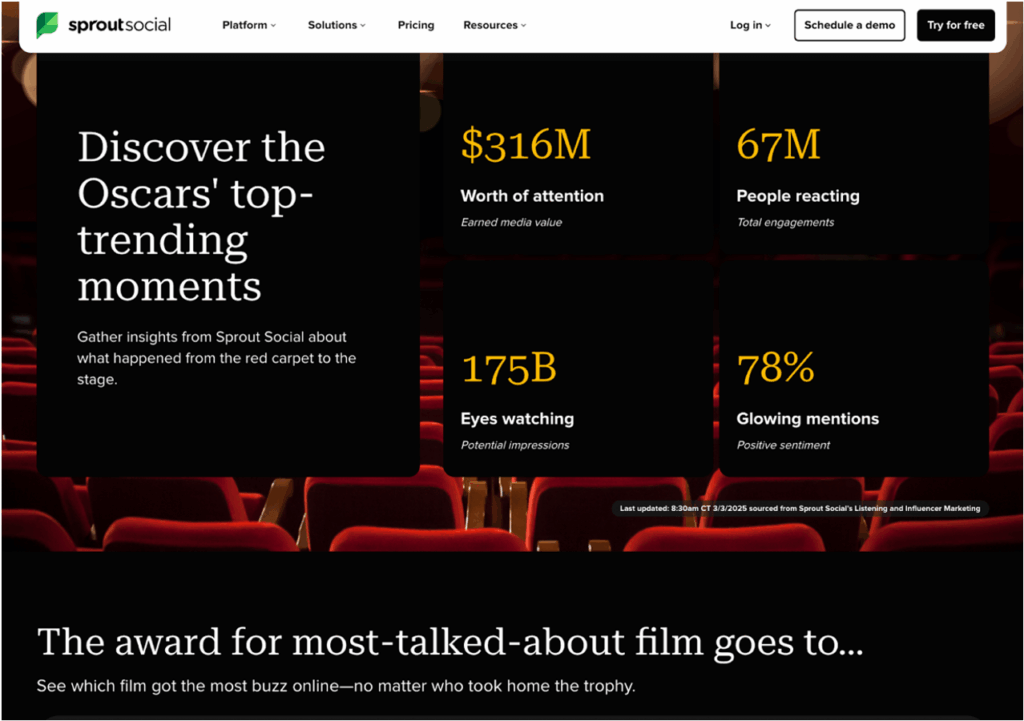
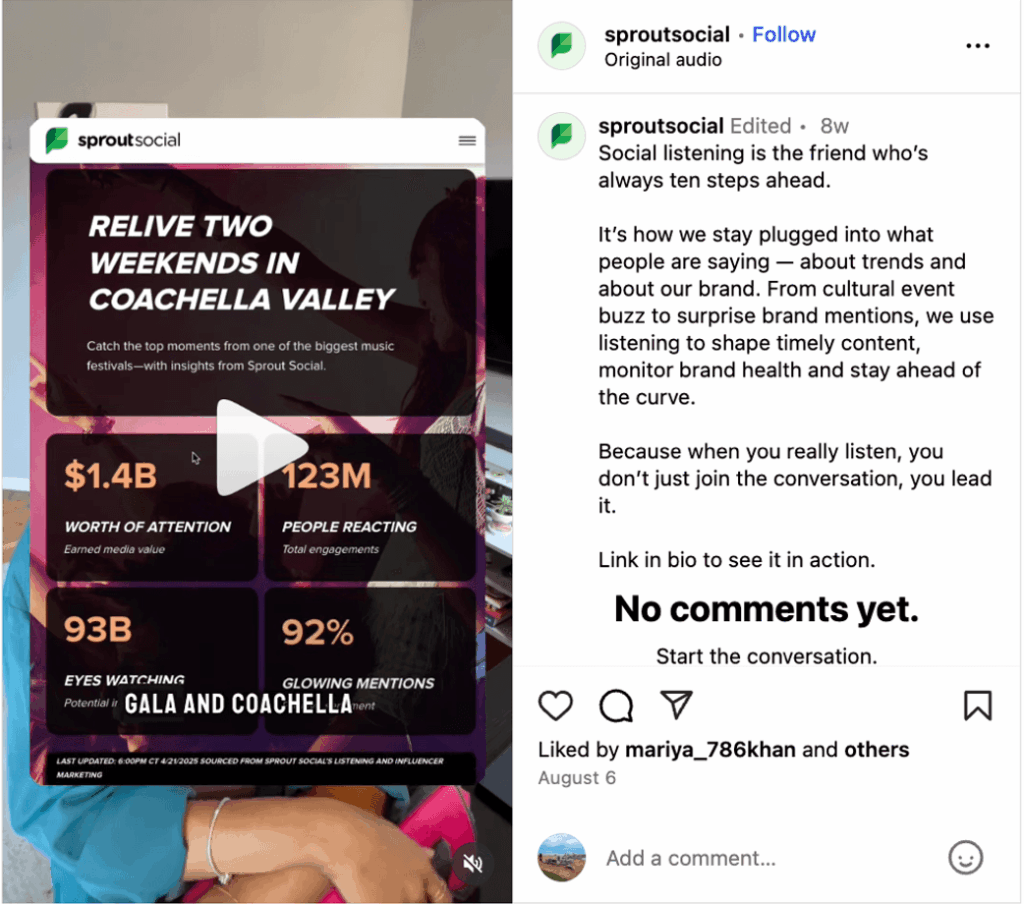
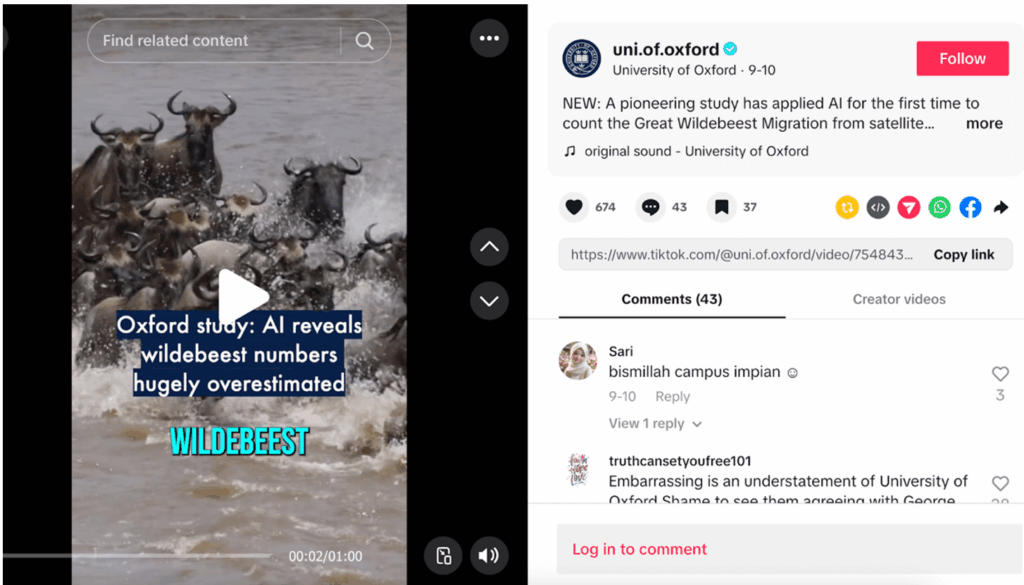

Share